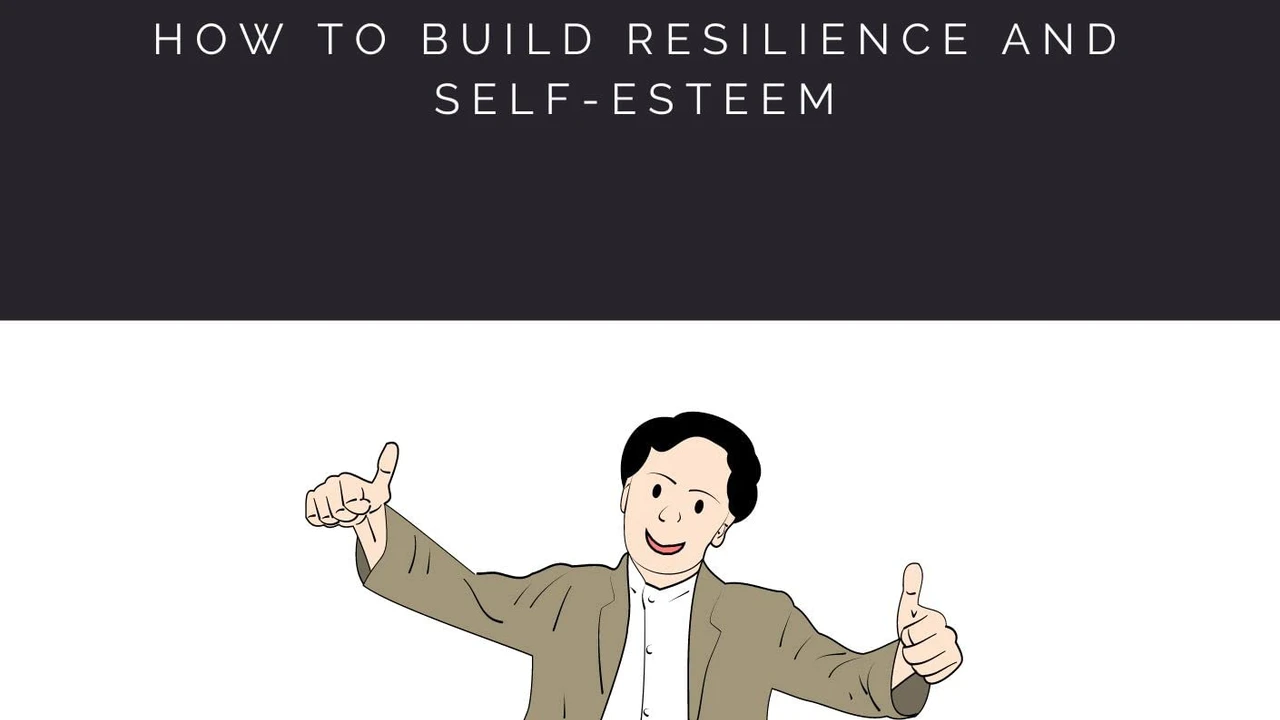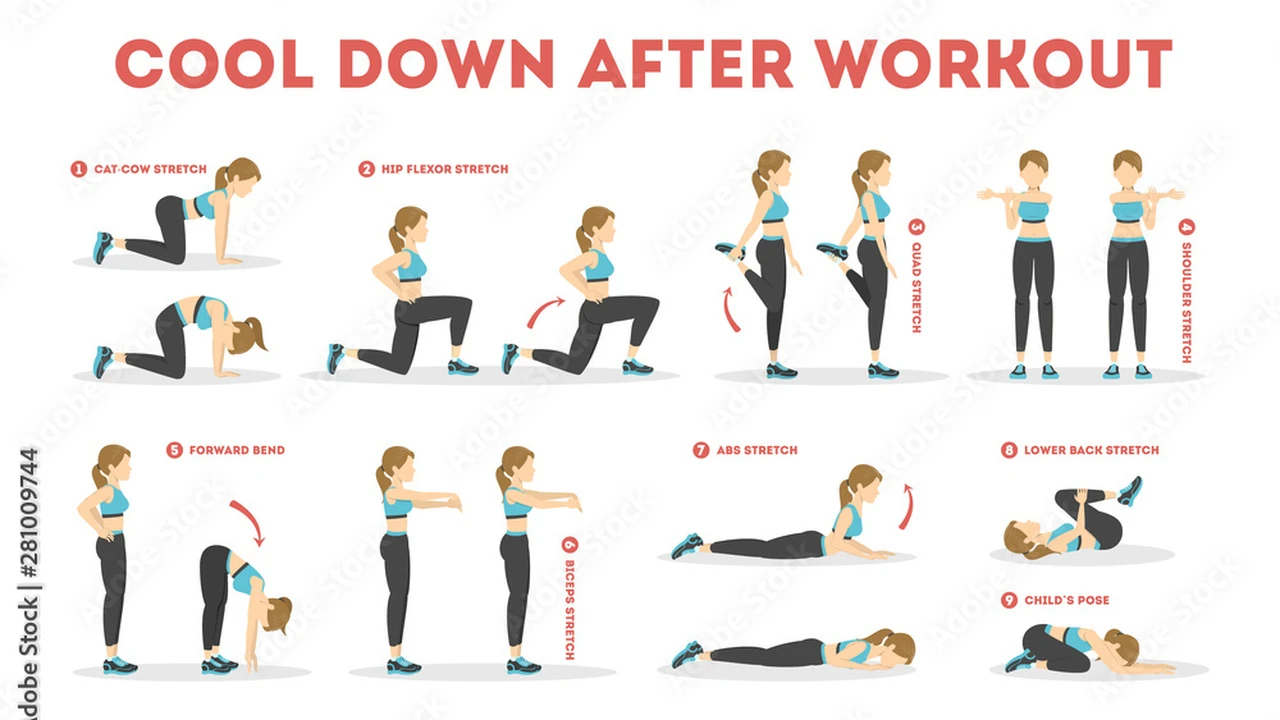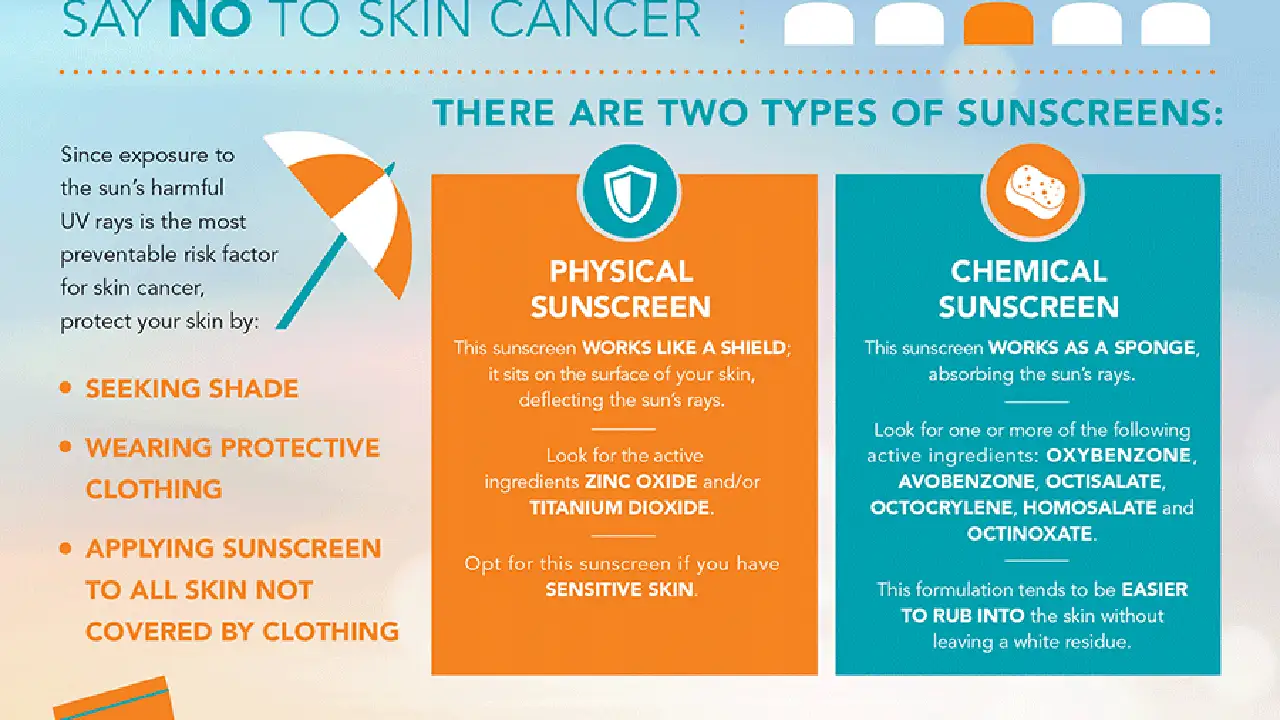How to Build Resilience: Bouncing Back From Setbacks
Learn effective strategies for quitting smoking and overcoming nicotine addiction. Discover tips, products, and resources to help you reclaim your health and live a longer, healthier life.

Understanding Nicotine Addiction and the Urge to Smoke
Okay, so you're thinking about quitting smoking? That's awesome! It's one of the best things you can do for your health. But let's be real, it's tough. Nicotine is seriously addictive, and understanding how it works is the first step. When you smoke, nicotine hits your brain super fast, triggering the release of dopamine, a neurotransmitter that makes you feel good. That's why you associate smoking with pleasure and relaxation. Over time, your brain gets used to this constant stream of nicotine, and when you try to quit, you experience withdrawal symptoms like cravings, irritability, anxiety, and difficulty concentrating. These symptoms are your brain's way of telling you it needs more nicotine, and they can be intense. Recognizing these withdrawal symptoms and knowing they're temporary is key to staying strong.
Beyond the chemical addiction, there's also the behavioral aspect. Smoking often becomes linked to certain routines or situations, like having a coffee, finishing a meal, or feeling stressed. These triggers can set off cravings even when your body isn't physically craving nicotine. Identifying your triggers and developing strategies to cope with them is crucial. For example, if you always smoke after dinner, try going for a walk or brushing your teeth instead. If you smoke when you're stressed, try deep breathing exercises or meditation.
Choosing the Right Smoking Cessation Method for You
There's no one-size-fits-all approach to quitting smoking. What works for one person might not work for another. That's why it's important to explore different smoking cessation methods and find the one that best suits your needs and preferences. Some popular options include:
- Nicotine Replacement Therapy (NRT): NRT products like patches, gum, lozenges, inhalers, and nasal sprays deliver controlled doses of nicotine to your body without the harmful chemicals found in cigarettes. This helps to reduce withdrawal symptoms and cravings.
- Prescription Medications: Medications like bupropion (Zyban) and varenicline (Chantix) work by affecting brain chemicals involved in nicotine addiction. They can help to reduce cravings and withdrawal symptoms and make it easier to quit.
- Counseling and Support Groups: Talking to a therapist or joining a support group can provide you with the emotional support and guidance you need to quit smoking. Counselors can help you identify your triggers, develop coping strategies, and stay motivated.
- Alternative Therapies: Some people find success with alternative therapies like acupuncture, hypnotherapy, and herbal remedies. While the scientific evidence supporting these methods is limited, they may be worth exploring if you're looking for a more holistic approach.
Nicotine Replacement Therapy NRT Products A Detailed Overview
NRT is a widely used and effective method for quitting smoking. It works by providing your body with a controlled dose of nicotine to reduce withdrawal symptoms without exposing you to the harmful chemicals in cigarettes. Let's take a closer look at the different types of NRT products available:
Nicotine Patches
How they work: Nicotine patches are applied to the skin and deliver a steady dose of nicotine throughout the day. They come in different strengths, allowing you to gradually reduce your nicotine intake over time. Pros: Easy to use, provides a consistent dose of nicotine, reduces cravings throughout the day. Cons: Can cause skin irritation, doesn't address the behavioral aspect of smoking, may not be strong enough for heavy smokers. Product Recommendation: NicoDerm CQ Patches. These patches are widely available and offer a range of strengths. A 14-patch pack (2 weeks) typically costs around $40-$50. Usage Scenario: Apply one patch to a clean, dry, hairless area of skin each morning. Change the patch every 24 hours. Comparison: Compared to nicotine gum or lozenges, patches provide a more consistent nicotine level, but they don't offer the immediate relief of cravings that gum or lozenges can provide.
Nicotine Gum
How it works: Nicotine gum is chewed slowly to release nicotine, which is absorbed through the lining of the mouth. Pros: Fast-acting, allows you to control your nicotine intake, addresses the oral fixation associated with smoking. Cons: Requires frequent chewing, can cause jaw soreness, may not be suitable for people with dental problems. Product Recommendation: Nicorette Nicotine Gum. This gum is a popular choice and comes in different flavors and strengths. A 100-piece pack typically costs around $30-$40. Usage Scenario: Chew one piece of gum slowly until you feel a tingle, then park it between your cheek and gum. Repeat this process for about 30 minutes. Comparison: Nicotine gum is more discreet than the inhaler, but it can be less effective for people who are heavy smokers.
Nicotine Lozenges
How they work: Nicotine lozenges dissolve slowly in the mouth, releasing nicotine that is absorbed through the lining of the mouth. Pros: Discreet, easy to use, provides a steady dose of nicotine, can be used in situations where smoking is not allowed. Cons: Can cause heartburn or nausea, may not be strong enough for heavy smokers, can take a while to dissolve. Product Recommendation: Commit Nicotine Lozenges. These lozenges are sugar-free and come in different flavors and strengths. An 81-piece pack typically costs around $30-$40. Usage Scenario: Place one lozenge in your mouth and let it dissolve slowly. Do not chew or swallow the lozenge. Comparison: Lozenges offer a balance between the convenience of patches and the fast-acting relief of gum.
Nicotine Inhalers
How they work: Nicotine inhalers deliver nicotine vapor that is inhaled into the mouth and throat. Pros: Mimics the act of smoking, provides a fast dose of nicotine, can help to address the behavioral aspect of smoking. Cons: Can cause throat irritation, may not be as effective as other NRT products, requires frequent use. Product Recommendation: Nicorette Inhaler. This inhaler provides a metered dose of nicotine. A pack of 42 cartridges typically costs around $50-$60. Usage Scenario: Puff on the inhaler for about 20 minutes at a time, or until the craving subsides. Comparison: The inhaler is a good option for people who miss the hand-to-mouth action of smoking.
Nicotine Nasal Spray
How it works: Nicotine nasal spray delivers a fine mist of nicotine into the nasal passages, where it is absorbed into the bloodstream. Pros: Fastest-acting NRT product, provides a rapid dose of nicotine, can be helpful for managing intense cravings. Cons: Can cause nasal irritation, may not be suitable for people with nasal problems, requires a prescription. Product Recommendation: Nicotrol NS. This nasal spray is available by prescription only. Usage Scenario: Spray one dose into each nostril when you feel a craving. Comparison: Nasal spray provides the fastest nicotine delivery, but it also has a higher risk of side effects.
Prescription Medications for Smoking Cessation Exploring Options
If NRT isn't cutting it, or you're looking for something a little stronger, prescription medications might be the way to go. Two common options are bupropion (Zyban) and varenicline (Chantix). These medications work differently but both aim to reduce cravings and withdrawal symptoms.
Bupropion (Zyban)
How it works: Bupropion is an antidepressant that affects brain chemicals involved in nicotine addiction. It helps to reduce cravings and withdrawal symptoms by increasing dopamine levels in the brain. Pros: Can help to improve mood, doesn't contain nicotine, can be used in combination with NRT. Cons: Can cause side effects like insomnia, dry mouth, and seizures, requires a prescription. Usage Scenario: Typically started 1-2 weeks before your quit date. Cost: Varies depending on insurance coverage, but generally costs around $100-$200 per month.
Varenicline (Chantix)
How it works: Varenicline is a nicotine receptor partial agonist. This means it binds to the same receptors in the brain as nicotine, but it only partially activates them. This helps to reduce cravings and withdrawal symptoms by blocking nicotine from fully binding to the receptors. Pros: Highly effective, doesn't contain nicotine, can significantly reduce cravings. Cons: Can cause side effects like nausea, insomnia, and neuropsychiatric events (although these are rare), requires a prescription. Usage Scenario: Typically started 1 week before your quit date. Cost: Varies depending on insurance coverage, but generally costs around $150-$300 per month.
Counseling and Support Groups Building a Strong Support System
Quitting smoking can be a lonely journey, but it doesn't have to be. Counseling and support groups can provide you with the emotional support, guidance, and encouragement you need to stay on track. Talking to a therapist or joining a support group can help you identify your triggers, develop coping strategies, and stay motivated.
Individual Counseling
How it works: Individual counseling involves meeting with a therapist one-on-one to discuss your smoking habits, triggers, and challenges. The therapist can help you develop a personalized quit plan and provide you with support and guidance throughout the process. Pros: Personalized attention, confidential setting, can address underlying emotional issues. Cons: Can be expensive, requires a time commitment. Cost: Varies depending on the therapist and your insurance coverage, but generally ranges from $50-$200 per session.
Group Therapy
How it works: Group therapy involves meeting with a group of people who are also trying to quit smoking. The group provides a supportive and encouraging environment where you can share your experiences, learn from others, and receive feedback. Pros: Affordable, provides a sense of community, can learn from others' experiences. Cons: Less personalized attention, may not be suitable for people who are shy or uncomfortable sharing in a group setting. Cost: Varies depending on the organization, but generally ranges from free to $50 per session.
Online Support Groups and Forums
How it works: Online support groups and forums provide a convenient and accessible way to connect with other people who are trying to quit smoking. You can share your experiences, ask questions, and receive support from the comfort of your own home. Pros: Free, convenient, accessible, provides a wide range of resources. Cons: May not be as personal as in-person support, can be difficult to filter out misinformation. Examples: QuitNet, Smokefree.gov, BecomeAnEX.
Lifestyle Changes and Healthy Habits Reinforcing Your Quit Journey
Quitting smoking is about more than just stopping nicotine. It's also about making lifestyle changes that support your overall health and well-being. Here are some healthy habits that can help you reinforce your quit journey:
- Exercise: Exercise is a great way to reduce stress, improve mood, and boost energy levels. It can also help to distract you from cravings.
- Healthy Diet: Eating a healthy diet can help to improve your overall health and well-being. It can also help to reduce cravings and prevent weight gain.
- Stress Management: Stress is a major trigger for smoking. Learning to manage stress effectively can help you to stay on track with your quit plan. Techniques like deep breathing, meditation, and yoga can be helpful.
- Stay Hydrated: Drinking plenty of water can help to flush out toxins and reduce cravings.
- Get Enough Sleep: Getting enough sleep is essential for overall health and well-being. It can also help to improve your mood and reduce stress levels.
Dealing with Cravings and Withdrawal Symptoms Staying Strong
Cravings and withdrawal symptoms are a normal part of quitting smoking. They can be intense, but they are temporary. Here are some strategies for dealing with cravings and withdrawal symptoms:
- Distract Yourself: When you feel a craving, try to distract yourself by doing something you enjoy, like reading, listening to music, or spending time with friends.
- Delay: Cravings usually last only a few minutes. Try to delay giving in to the craving by telling yourself you'll wait 10 minutes. Often, the craving will pass on its own.
- Deep Breathing: Deep breathing can help to calm your nerves and reduce stress. Take a few slow, deep breaths and focus on your breath.
- Drink Water: Drinking water can help to flush out toxins and reduce cravings.
- Use NRT: If you're using NRT, make sure you're using it correctly and as directed.
- Talk to Someone: Talking to a friend, family member, or therapist can help you to stay motivated and get support.
Relapse Prevention Strategies Staying Quit for Good
Relapse is a common part of the quitting process, but it doesn't have to be the end of your quit journey. If you relapse, don't beat yourself up. Instead, learn from your experience and use it to strengthen your resolve. Here are some relapse prevention strategies:
- Identify Your Triggers: Knowing what triggers your cravings can help you to avoid those situations or develop coping strategies.
- Avoid Temptation: Stay away from places and people that remind you of smoking.
- Have a Plan: Develop a plan for dealing with cravings and stressful situations.
- Get Support: Continue to get support from friends, family, or a therapist.
- Reward Yourself: Celebrate your successes along the way.
Resources for Quitting Smoking Where to Find Help
There are many resources available to help you quit smoking. Here are some helpful websites and organizations:
- Smokefree.gov: This website provides information, tools, and resources to help you quit smoking.
- BecomeAnEX: This website offers a free online community and support program for people who are trying to quit smoking.
- The American Lung Association: This organization provides information and resources on lung health, including smoking cessation.
- The National Cancer Institute: This institute provides information on cancer prevention, including smoking cessation.
- Your Doctor: Your doctor can provide you with personalized advice and support for quitting smoking.
Quitting smoking is a challenging but rewarding journey. With the right strategies, support, and determination, you can reclaim your health and live a longer, healthier life. Good luck!
:max_bytes(150000):strip_icc()/277019-baked-pork-chops-with-cream-of-mushroom-soup-DDMFS-beauty-4x3-BG-7505-5762b731cf30447d9cbbbbbf387beafa.jpg)






